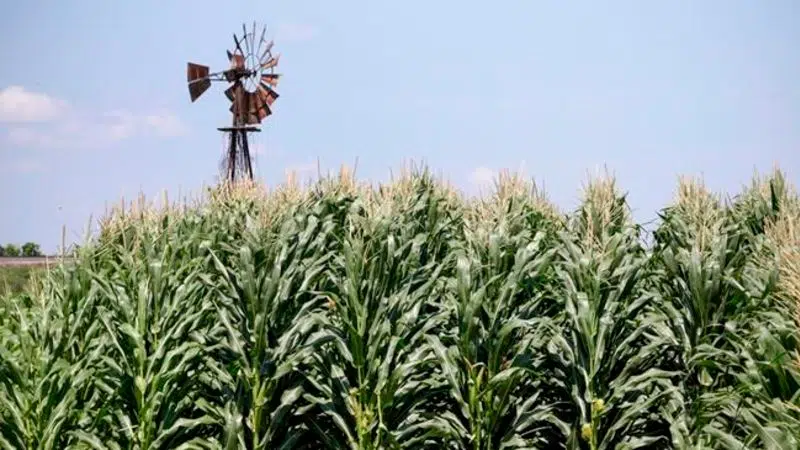
AP FACT CHECK: Trump’s trade theories don’t hold water
WASHINGTON — President Donald Trump cast a fog of misinformation over the U.S. trade dispute with China, floating inaccurate numbers and skewed economic theories as big tariffs kicked in on Chinese goods.
At stake in the rupture is a trading relationship between the world’s two largest economies that employs nearly 1 million Americans, supplies affordable goods to U.S. households and, in the view of Trump and a bipartisan group of trade hard-liners, puts U.S. business at an unfair disadvantage.
Trump’s torrent of tweets on the subject Friday followed a rally infused with familiar falsehoods about his achievements (the economy, veterans’ health) and grievances (the Russia inquiry). A look at his words over the past week:


